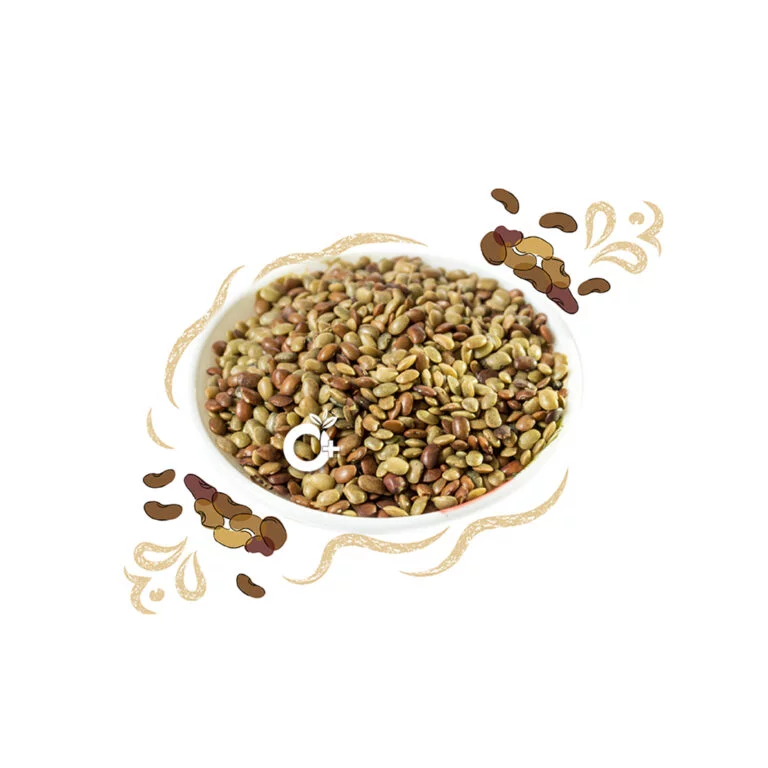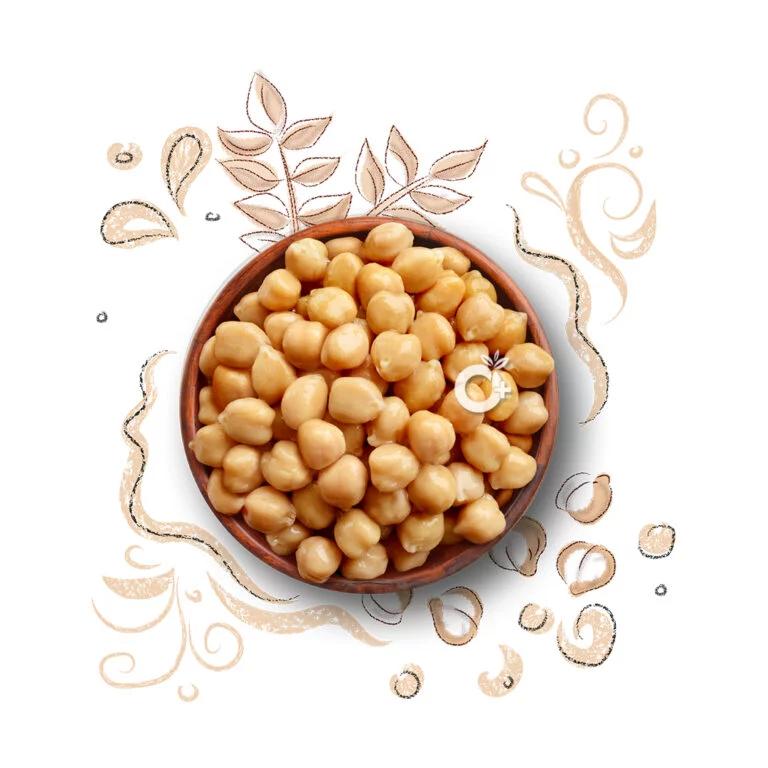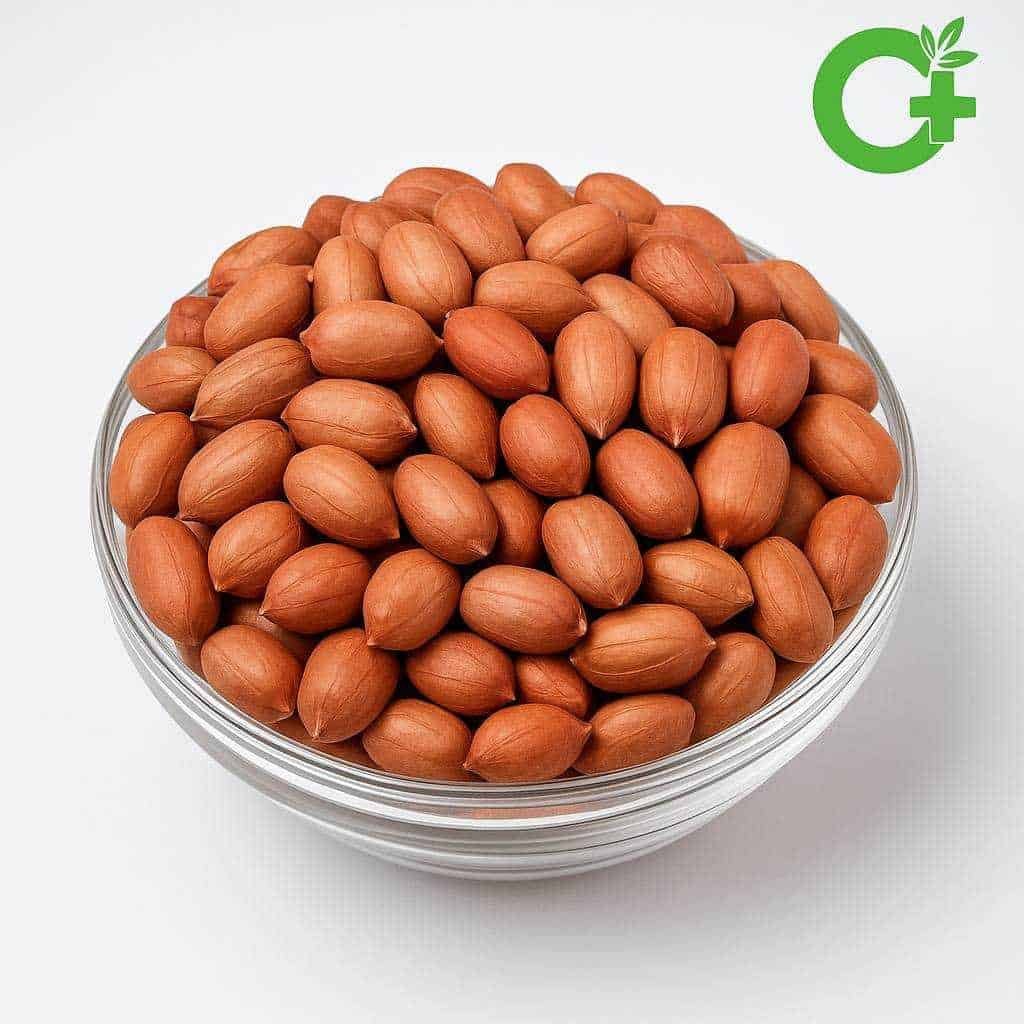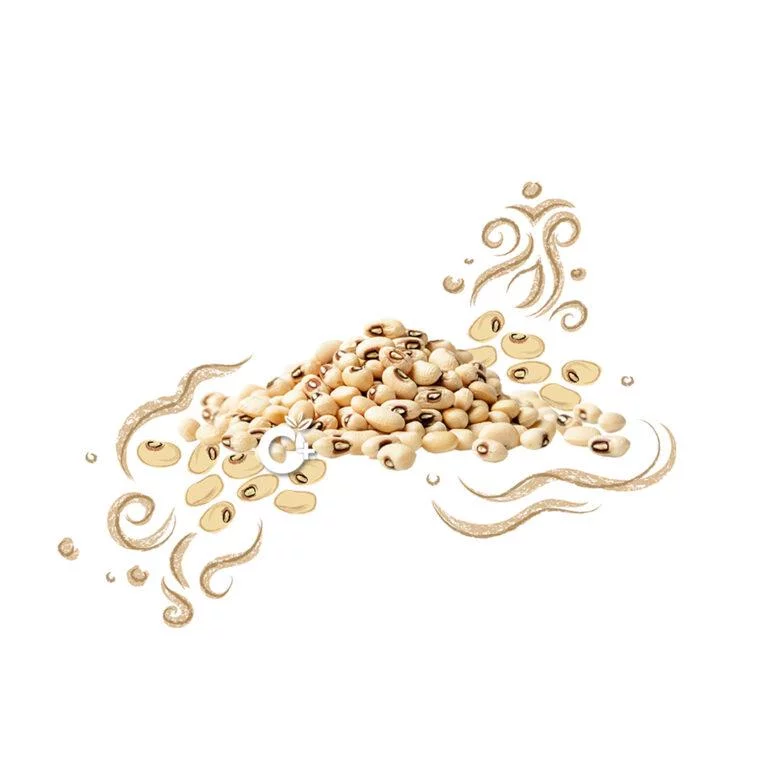Description
Rajma Jammu, also known as Kashmiri red kidney beans, is a premium variety grown in the fertile soils of Jammu and Kashmir, India. Smaller and softer than regular kidney beans, these legumes are known for their rich taste, easy digestibility, and shorter cooking time. Traditionally used in North Indian kitchens, Rajma Jammu is especially famous for the iconic Rajma Chawal – a wholesome comfort dish made with slow-cooked rajma curry and steamed rice.
Nutritional Value (per 100g of cooked Rajma Jammu)
-
Calories: ~127 kcal
-
Protein: ~9 g
-
Carbohydrates: ~23 g
-
Dietary Fiber: ~6 g
-
Fat: ~0.5 g
-
Iron: ~2.9 mg
-
Magnesium: ~45 mg
-
Potassium: ~405 mg
-
Folate: ~90 µg
Note: Nutritional values may vary slightly depending on cooking method.
Health Benefits of Rajma Jammu
-
Rich Source of Plant Protein
Ideal for vegetarians and vegans, Rajma Jammu provides a complete protein profile when paired with rice or whole grains. -
High in Dietary Fiber
Helps in promoting healthy digestion, preventing constipation, and supporting gut health. -
Supports Heart Health
Low in fat and cholesterol-free, these beans are rich in magnesium and potassium, which help maintain healthy blood pressure levels. -
Regulates Blood Sugar
The complex carbohydrates and fiber slow down sugar absorption, making it a good choice for diabetic-friendly meals. -
Iron-Rich for Energy
Iron in Rajma Jammu supports hemoglobin production, reducing fatigue and boosting stamina.
Research Insights on Rajma Benefits
-
Low Glycemic Index: With a GI between 32–53, Rajma Jammu offers steady energy release and aids in managing blood sugar levels—especially helpful for individuals with diabetes .
-
Protein & Fiber Richness: Kidney beans contain up to 33% protein and 47% dietary fiber, contributing to fullness, weight control, and digestive health.
-
Weight Management Support: Diets rich in pulses like Rajma have shown measurable reductions in body weight and BMI due to their high satiety potential.
-
Heart Health & Cholesterol: Soluble fiber and minerals like potassium and magnesium help lower LDL cholesterol and support cardiovascular function.
-
Colon & Gut Health: Resistant starches and fermentable fibers in Rajma produce gut-friendly short-chain fatty acids, such as butyrate, promoting colon health and potentially reducing cancer risk.
-
Antioxidant Defense: High concentrations of polyphenols and flavonoids in kidney beans offer protection against oxidative stress and inflammation—factors linked to chronic diseases.
-
Digestive & Chronic Disease Benefits: Across multiple studies, increased legume intake (especially kidney beans) correlates with better digestion, lower heart disease and diabetes risks, and improved metabolic health
Ayurvedic Insights
In Ayurveda, beans like Rajma Jammu are considered Madhura Rasa (sweet taste) and Guru (heavy to digest). They provide strength (Balya) and nourishment (Brimhana). However, Ayurveda recommends cooking them with digestive spices like cumin, ginger, and asafoetida to balance Vata and prevent bloating.
How to Cook Rajma Jammu
Ingredients:
-
1 cup Rajma Jammu
-
3 cups water (for soaking)
-
3 cups water (for cooking)
-
Salt to taste
-
Spices as per recipe
Method:
-
Soak: Wash the beans thoroughly and soak overnight (8–10 hours) in fresh water.
-
Drain & Rinse: Discard soaking water to reduce anti-nutrients.
-
Cook: Transfer soaked beans to a pressure cooker with 3 cups of fresh water and cook on medium heat for 4–5 whistles (approx. 20–25 minutes).
-
Season & Serve: Add to curry or stew base and simmer for rich flavor.
Tip: For faster cooking, you can add a pinch of baking soda while boiling.
Storage Tips
Since Rajma Jammu is grown without pesticides in many organic farms, store it in an airtight container in a cool, dry place. If you notice any natural pests due to long storage, don’t panic – simply sun-dry the beans for a few hours and store them again. Pests are less harmful than chemical pesticides, and sun exposure naturally preserves freshness.
Popular Recipes Using Rajma Jammu
-
Kashmiri Rajma Curry: Slow-cooked with onions, tomatoes, and spices for authentic flavor.
-
Rajma Chawal: Served with steamed basmati rice for a complete protein-rich meal.
-
Rajma Salad: Boiled rajma tossed with cucumber, onions, and lemon juice for a refreshing dish.
-
Rajma Tikki: Spiced bean patties perfect for snacks.
Why Choose Rajma Jammu Over Rajma Red?
Rajma Jammu is smaller, cooks faster, and has a naturally creamy texture that enhances curries. Its flavor is richer, making it a gourmet choice for traditional and modern recipes.
Comparison Table: Rajma Red vs Rajma Jammu
| Feature | Rajma Red | Rajma Jammu |
|---|---|---|
| Color | Deep red | Light red/pinkish |
| Size | Medium-large | Smaller |
| Texture | Firm after cooking | Creamy and soft |
| Cooking Time | Longer | Shorter |
| Taste | Earthy, nutty | Mild, sweet |
| Best For | Curries, chili, salads | Rajma masala, stews |
Why Choose Our Pesticide-Free Rajma Red?
-
100% pesticide-free and naturally cultivated
-
Retains original aroma, taste, and nutrition
-
Handpicked and sorted for quality
-
Supports sustainable farming and farmer welfare
Conclusion:
Rajma Jammu is more than just a bean – it’s a heritage food that brings together health, taste, and tradition. With its high nutritional value, Ayurvedic benefits, and rich culinary history, it’s the perfect addition to your pantry for wholesome, hearty meals.











Reviews
There are no reviews yet.